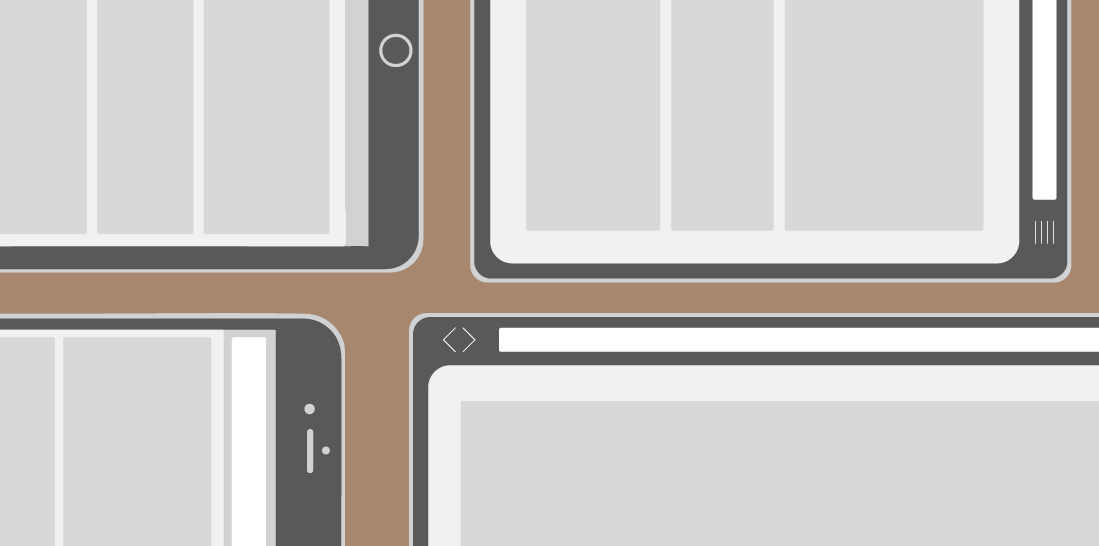
Building a website that meets WCAG 2.0 standards for accessibility can seem overwhelming or expensive when you don’t understand the benefits or the requirements. Often, best practices in website design and coding additionally benefit your website’s overall accessibility. Discover five things you may not know about Web accessibility:
If your website is responsive, it is more accessible to low-vision users.
Because responsive websites adjust to whatever device and screen size you happen to be using, they are ideal for low-vision users who may use screen magnifiers. The content adjusts itself without the end user having to manually zoom in or scroll from side to side. If you’ve ever browsed the Web on a mobile phone and come across a website that wasn’t responsive, you know the frustration some low-vision users may feel.
Web accessibility benefits everyone.
Accessibility standards are based on usability. Similar to user experience, Web usability is defined by how easy it is for visitors to use your website. Many experts consider accessibility to be a prerequisite to usability.
Websites coded to meet WCAG 2.0 standards and laid out in a simple, easy-to-use interface are accessible websites. We all benefit when we don’t have to work too hard to find what we’re looking for.
Automated accessibility tools are not enough.
Automated accessibility checkers can certainly help identify problems in the structural code of your website, but they are no substitute for a manual assessment. A trained expert can help weed out false problems, check contrast, and make judgment calls that software cannot.
According to the Web Accessibility Initiative, “We cannot check all accessibility aspects automatically. Human judgement is required. Sometimes evaluation tools can produce false or misleading results. Web accessibility evaluation tools can not determine accessibility, they can only assist in doing so.”
There are many benefits to having an accessible website beyond helping those with disabilities.
Accessibility best practices, as laid out in the WCAG 2.0 standards, include the proper use of headings, lists, alternative text on images, and descriptive link text.
These best practices will also benefit your search engine rankings and bring users to your site for years to come. Similarly, properly coded websites will reduce your maintenance and support costs.
Accessibility is inclusive.
Inclusive design is “design that considers the full range of human diversity with respect to ability, language, culture, gender, age, and other forms of human difference,” as defined by the Inclusive Design Research Institute. Even if you believe the majority of your users are physically able-bodied, the wide range of circumstances that can change how users access your website may surprise you.
Consider a mother with a baby in her arms; she’s only able to use one hand on a mobile device while searching for her pediatrician’s phone number. She is temporarily limited to the use of one hand on a mobile phone. If a non-responsive website comes up, she would have a difficult time navigating to find the information she needs. There are many more situational and temporary disabilities. By having an inclusive design, you help more people than you know.
Have a question about the accessibility of your website? Certified experts on our team will be happy to help determine if your website meets WCAG 2.0 accessibility standards. Talk to us.